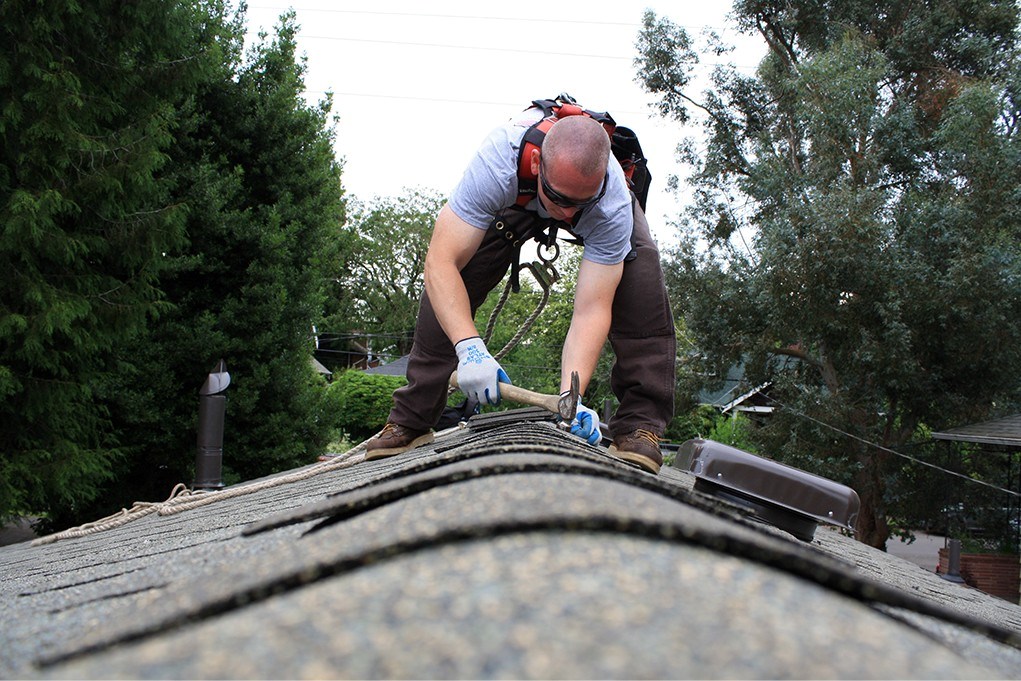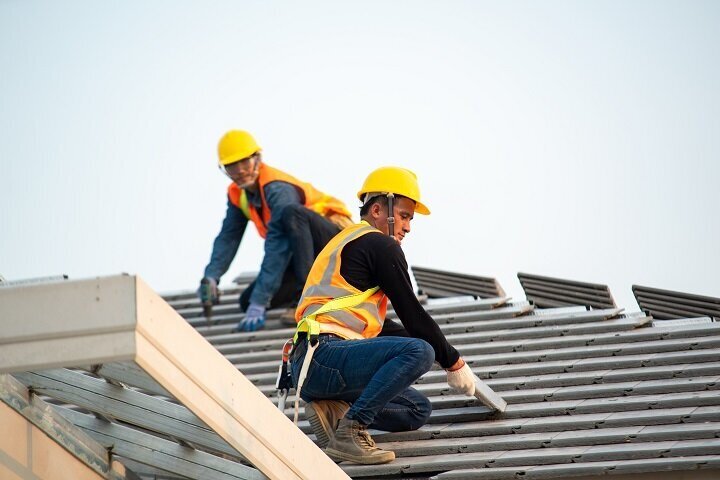High Quality Roof Solutions for each Home from Northeast Ohio Roofing Contractors
High Quality Roof Solutions for each Home from Northeast Ohio Roofing Contractors
Blog Article
A Comprehensive Guide to the Setup Refine of a Skylight Roofing System
The installation of a skylight roofing system is a diverse process that needs precise preparation and execution to guarantee optimum efficiency and visual charm. This guide will certainly describe the critical steps involved, from picking the proper skylight type to the necessary tools and products required for an effective installation. Comprehending the nuances of structural honesty and waterproofing is paramount, as these elements directly affect the long life of your skylight. As we explore each phase, it ends up being clear that focus to information is not merely valuable but crucial for accomplishing a smooth integration of natural light into your area.

Understanding Skylight Kinds
When considering a skylight setup, it is necessary to recognize the various kinds available, each designed to meet different aesthetic and useful requirements. The most typical kinds of skylights consist of dealt with, aired vent, tubular, and operable versions.
Set skylights are non-opening devices that offer largely to give all-natural light and improve interior spaces. Cleveland Heights Roof Maintenance. They are ideal for locations where air flow is not a worry. Vented skylights, on the other hand, feature a device that permits them to open up, assisting in air flow and decreasing humidity degrees. These are specifically helpful in washrooms or kitchen areas.
Tubular skylights are portable and made to catch sunlight via a little dome on the roofing, transporting it down a reflective tube right into the space. This kind works for smaller sized areas or rooms that require added light without endangering ceiling height. Operable skylights integrate both natural light and ventilation, making them flexible in numerous environments.
Each skylight type uses distinct advantages, and the option relies on elements such as the planned usage of the area, local environment, and architectural design. Hence, comprehending these options is crucial for making a notified choice.
Preparing for Setup
Choosing the ideal sort of skylight is just the beginning; ample prep work for installation is crucial for ensuring a successful job. Prior to launching the installation process, it is vital to assess the architectural honesty of the roof covering where the skylight will be installed. This involves checking for any indications of damage, such as rot or leaks, which may endanger the installment and lead to future concerns.
Next, it is vital to plan the place of the skylight carefully. Think about variables such as sunlight direct exposure, possible blockages (like trees or neighboring structures), and the overall looks of the area. Noting the area clearly will assist in imagining the result and assistance avoid mistakes during installment.
In addition, examining local building ordinance and acquiring necessary authorizations is imperative to ensure compliance with guidelines. This action will help avoid potential fines and make sure the security and legitimacy of the setup.
Tools and Materials Needed
A successful skylight installment requires a specific collection of products and devices to make certain accuracy and efficiency throughout the procedure. Essential tools include a measuring tape, level, round saw, and utility knife, which are essential for accurate measurements and cutting. A drill and suitable drill little bits are needed for developing openings for mounting braces, while a article source hammer and screws or nails are required for securing the skylight in position.
In addition to devices, several materials are important for a correct setup. The skylight device itself should be picked based on the dimension and type ideal for the roofing. Flashing sets, which consist of steel pieces designed to stop water leak, are vital for ensuring a watertight seal. Roof covering cement and caulking are additionally required to give added waterproofing around the skylight sides.
Safety devices, such as gloves, safety glasses, and a tough hat, should not be overlooked to shield against potential dangers throughout the installment. Lastly, tarpaulins or ground cloth can be beneficial to catch debris and safeguard the interior of the room listed below. Jointly, these materials and devices lay the structure for a successful skylight installment.
Step-by-Step Setup Refine
Successfully installing a skylight involves a methodical method that ensures both functionality and visual appeals. Begin by noting the desired place on the ceiling, ensuring it aligns with the structural parts of the roofing system. Next off, cut an opening that represents the measurements of the skylight framework, taking treatment to prevent any electrical circuitry or pipes.
Once the opening is prepared, mount blinking around the boundary to divert water away from the skylight. This is important for stopping leaks. Placement the skylight into the opening, guaranteeing it rests flush with the roofline. Protect it in place making use of screws or nails, according to the maker's specifications.
Next, use roof cement along the sides of the skylight and around the flashing to develop a water tight seal. Set up the indoor trim to cover any kind of exposed sides and to offer a finished look inside the home. Finally, examine the installment for any type of gaps or blemishes that can lead to leakages. Correctly inspecting the skylight makes certain longevity and enhances its visual appeal, giving a lovely source of all-natural light for years ahead.
Completing and Maintaining Your Skylight
After the installment of your skylight is full, it's necessary to conclude the process by ensuring that all finishing touches are used and appropriate maintenance routines are established. Begin by evaluating the exterior you can look here and interior seals for any spaces or incongruities that could result in leaks. Correct securing is essential for the durability of your skylight.
Following, tidy the glass surface area with a mild, non-abrasive cleaner to maintain clarity and enhance all-natural light infiltration. Avoid extreme chemicals that could damage the structure or seals. Consistently check for debris accumulation around the skylight, as this can cause water drainage issues and might call for periodic cleaning.
Establish a maintenance timetable, ideally every six months, to analyze the go to website condition of the skylight. Try to find indicators of wear, including wear and tear of seals or framework materials. Resolve them without delay to stop additional damage. if you notice any kind of concerns.
Final Thought

The installment of a skylight roofing system is a diverse procedure that needs careful planning and execution to guarantee optimal performance and visual allure.Picking the ideal kind of skylight is just the beginning; sufficient preparation for installation is vital for ensuring a successful project.An effective skylight installment calls for a particular set of products and devices to make sure accuracy and effectiveness throughout the process.After the installation of your skylight is complete, it's important to wrap up the procedure by ensuring that all finishing touches are applied and proper maintenance routines are developed. Making sure structural integrity, proper blinking setup, and a watertight seal are crucial for the skylight's performance and longevity.
Report this page